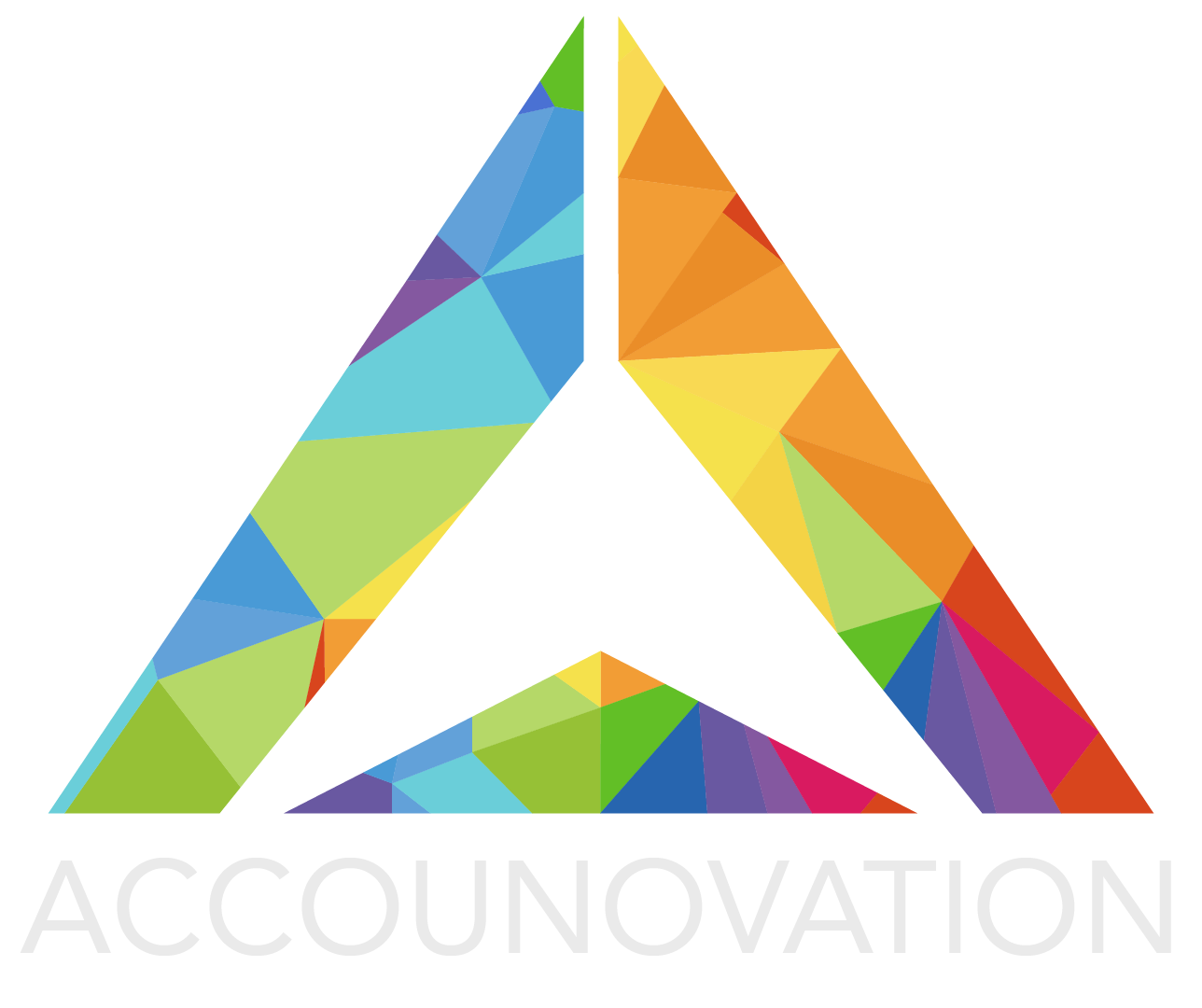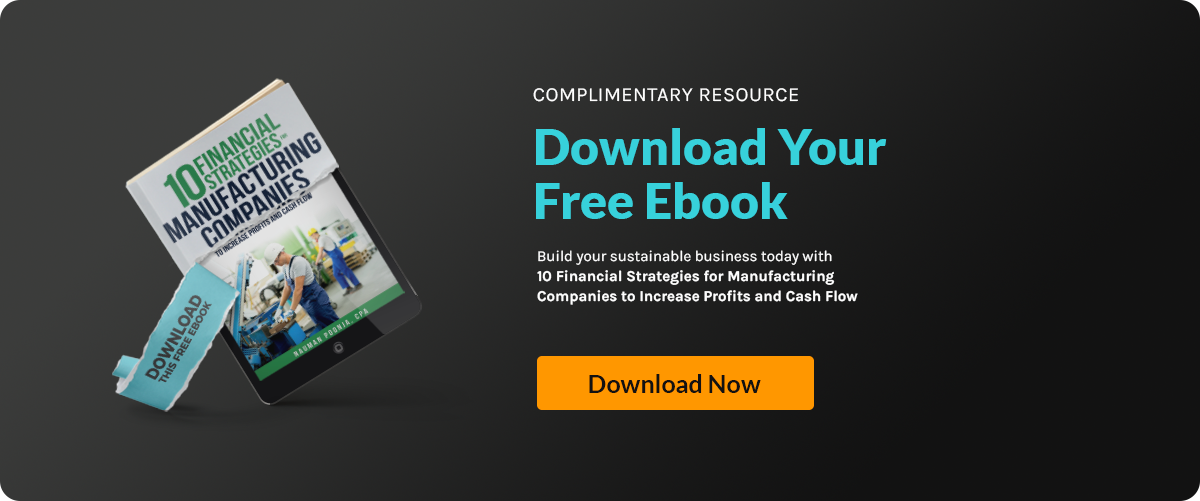Tariffs can hit your bottom line harder than you expect. One day, you're running smoothly, and the...
Fixed vs. Variable Costs: What They Are and Why They Matter

Running a business means dealing with lots of numbers. One of the most important things to understand is your costs. Knowing how much you spend—and on what—can help you make smarter decisions and keep your business healthy.
In this blog, we’ll explain the difference between fixed, variable, and total costs. Don’t worry—we’ll keep it simple. With examples and tips, you’ll see how understanding your costs can improve your pricing, budgeting, and profits.
What Are Fixed Costs?
Fixed costs are expenses that stay the same no matter how much you produce or sell. They do not change even if your business is slow or booming.
Examples of fixed costs:
- Rent for your building
- Salaries of full-time employees
- Insurance
- Equipment leases
Even if you don’t make a single product this month, you’ll still need to pay these costs.
How to Reduce Fixed Costs:
- Negotiate rent or switch to smaller facilities
- Outsource tasks instead of hiring full-time employees
- Review equipment leases for more affordable options
Fixed costs are important for long-term planning. You need to make sure you have enough money coming in to cover them every month. Without a proper budget, what looks like an opportunity for growth can quickly become a financial burden. Equipment upgrades, hiring, and cash flow management. Everything needs to be accounted for.
What Are Variable Costs?
Variable costs go up or down depending on how much you produce. These costs are tied to your activity.
Examples of variable costs:
- Raw materials
- Packaging
- Hourly wages
- Utility costs (when usage increases with production)
If you make more products, your variable costs increase. If you make less, they drop.
How to Reduce Variable Costs:
- Buy materials in bulk to lower cost per unit
- Use automation to cut labor time
- Choose suppliers with better pricing or shipping rates
What Are Total Costs?
Total cost is the sum of your fixed and variable costs.
Simple formula:
Total Costs = Fixed Costs + Variable Costs
Understanding your total costs helps you:
- Set the right price for your products
- Forecast your profits
- Create smart budgets
Over time, as your business scales, total costs often shift. For example:
- Fixed costs may feel smaller as production increases (spreading them out)
- Variable costs might rise faster due to increased demand, requiring bulk material purchases or more workers
How Do These Costs Affect Your Business?
When you know your cost types, you can make better decisions. Here’s how it helps:
- Avoid overspending: Spot where your money is going.
- Set prices wisely: Know your break-even point.
- Plan for the future: Budget for growth or slow seasons.
Cost Behavior Over Time
As businesses grow, fixed costs often become a smaller percentage of total costs. This is called economies of scale. For example, renting a factory costs the same, but as you make more products, that cost spreads across each unit—making each product cheaper to produce overall. ( Top Capital Efficiency Strategies for Manufacturing Businesses)
Sometimes, the best way to understand fixed and variable costs is to see how they work in real businesses. Let’s look at two simple but very different examples.
Scenario : A Traditional Manufacturing Business
Imagine you run a factory that makes plastic containers. Every month, you pay for a large warehouse, expensive machines, and a full-time staff. These are your fixed costs—you must pay them whether you produce 10 or 10,000 containers.
To make the containers, you also need plastic, packaging, and electricity to run your machines. These are your variable costs—they go up as you make more units.
In this setup, your fixed costs are high, but your variable costs per unit are low. Once you make and sell enough containers to cover your fixed costs, your profit grows quickly with each extra container. The more you produce, the more your costs spread out, making each product cheaper to make. This is great if you expect steady or growing demand.
Bonus Tip: Track Your Costs Smartly
You don’t need to figure all this out on your own. Use smart tools to track your costs. One of the best options is using an ERP system—a type of software that helps manage operations, finances, and inventory all in one place.
Popular Tools to Track Costs:
- Accounting software (QuickBooks, Xero)
- ERP platforms (NetSuite, SAP, Odoo)
- Excel or Google Sheets (for smaller businesses)
Also, consider hiring a Fractional CFO—a part-time finance expert who brings deep insight without the full-time cost.
Conclusion: Keep It Simple, Keep It Smart
Let’s review:
- Fixed costs stay the same (rent, salaries).
- Variable costs change with production (materials, labor).
- Total costs = fixed + variable.
When you understand your costs, you can price your products better, control spending, and grow your business wisely. Whether you're just starting or scaling fast, this knowledge helps you stay profitable at every stage.
Want to take your financial knowledge to the next level? Explore more of our helpful guides for manufacturers.
FAQs
Q1: Can a cost be both fixed and variable?
Yes! Electricity, for example, often includes a base fee (fixed) and a usage charge (variable).
Q2: Why is it important to understand total cost?
It helps you set smart prices, track profits, and plan for growth.
Q3: How often should I review my business costs?
Monthly reviews are ideal, but quarterly at minimum keeps you on track.
For a deeper dive into linking it with forecasting, cost control, and margin strategy, connect with Accounovation for expert financial insight.







